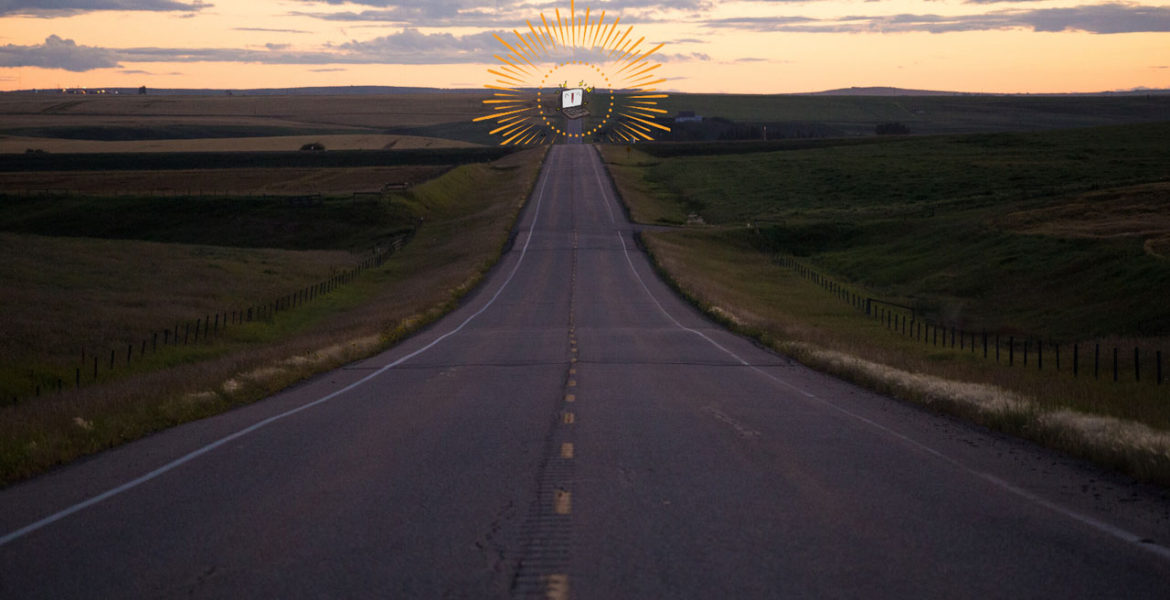Article Takeaways:
– Open web ad tech solutions have to evolve to be able to deliver the same impact as the walled gardens.
– Over the next decade, we’ll see the death of banners and intrusive ads.
– Impression-based business models are antiquated.
The AdTech world is wrapping up a challenging decade. Love them or hate them, the duopoly has done a fantastic job attracting advertiser dollars over the past 10 years. In 2019, Google and Facebook amounted to 59.3% of U.S digital ad spending. It’s safe to say the adtech world has some serious thinking to do.
The open web should be winning. Why? It is larger in terms of audience reach. It has higher standards around brand-safety, and serves more premium content with the top publishers, as opposed to user-generated videos and posts. And lastly, there is no shortage of advertising space available, often at cheaper rates than the duopoly.
But despite all of those things, the duopoly has had a phenomenal decade of growth. They are doing something right. Something different. And yet, the open web is far from dead. In fact, I believe that this is the decade it is coming back with force. As we head into 2020 and the next 10 years, here are the three main areas open web adtech companies should evolve to survive.
#1: AD EXPERIENCE
We all know it. We all feel it. Ads that look like ads are ignored (or ad blocked). There is plenty of research written about it (like this one that focuses on millennials or this one about the death of banner ads). There’s even more research conducted on the impact of ads (like this one about native advertising spend, this one about native vs. display ads or this report about consumer attitudes on ad blocking).
The point is open web advertising has to evolve beyond the traditional forms of the banner and pre-roll ads as we know them. Consumers are sick of pop-ups interrupting their reading or irrelevant content. New ad experiences, especially on mobile devices, must leverage the native aspect more. They need to seamlessly integrate into the experience the user is already engaged with. Over the next decade, we’ll see the death of banners and intrusive ads, and the introduction of newer and effective native ad experiences that live on the open web.
But make no mistake; just because an ad unit looks native does not mean it will have an impact.
There’s something else critical to delivering the type of impact we’re seeking. Which brings us to…
#2: RELEVANCE
Imagine this scenario: you are searching for “flights to Tokyo” and one of the paid search results is the new Star Wars trailer on YouTube. It appears because you recently searched the release date of the movie. It’s absurd, right? The movie trailer has nothing to do with your flight search…
Google fully understands the power of relevance and it doesn’t matter if a movie advertiser is significantly outbidding any other advertiser, they will not appear as promoted search results without true relevance to the user at that point in time.
What about open web ads? Not so much. Most ads served are driven by blind or demographics-based targeting that delivers little to no relevance or value to the end-user. To drive relevance, open web ad tech solutions have to evolve to be able to deliver the same impact by using data. Building user interest profiles helps understand each user and their deepest interests.
The use of data to understand individual interests and behavioral user patterns, and leveraging AI to analyze trends, drive user personalization is the new norm for any adtech platform wanting to survive the next decade.
Access to large scale data allows adtech companies, like native advertising platforms, to take the “risk” of an ad impression using data to predict the chances of a click. This leads us to the third highly critical yet often ignored success factor…
#3: BUSINESS MODEL
Imagine you are a CMO delivering an end-of-quarter review to the board of directors. What sounds better? “We delivered X number of ad impressions” or “We engaged X number of clients who clicked on our ads and landed on our website.”
It’s easy to realize just how antiquated the impression-based digital advertising business model is, compared with the alternative. On a Cost-per-Click model, it’s easy to determine if you made an impact or if the ad creative worked, and the added benefit of knowing you paid for a concrete outcome.
To attract advertising dollars and remain relevant in the next decade, open web ad tech solutions have to move beyond impression-based business models. From CPM or even vCPM to CPC and CPA.
From Reflection to Inflection
We are wrapping up an emotionally charged decade where we saw the rise of the digital duopoly that is threatening free journalism and hurting the open web publishing ecosystem.
Open web ad tech players have to evolve the advertising experience, improve relevance to the user and rethink their impression based business model to survive and stay competitive in this new reality.
If we do these things, we will hit a point of inflection in the democratization process of the digital marketing ecosystem where the open web and native ad experiences are a powerful alternative to the digital walled gardens.

